Enormous amounts of data about individuals accumulate in social welfare and healthcare systems. In addition, people use their smart devices to collect and monitor data about their health and well-being.
Services based on combining various sources of data are only now beginning to be developed in Finland and abroad; thus far, service providers have mainly hoarded the collected data in their own repositories.
However, a survey commissioned by Sitra indicates that the time would be ripe for the creation of services and service ecosystems that are based on combining data. With these ecosystems, Finland could lead the way in the world in building new kinds of comprehensive well-being services. This would benefit the people sharing their data, research institutes, companies and developers of public services.
Sitra investigated the use of smart devices intended for self-measurement as well as people’s attitudes towards the data produced by these devices and its use in four European countries. The Wearables survey was conducted by Kantar TNS Oy in the Netherlands, France, Germany and Finland in June and July 2020. More than 4,000 respondents took part, with about 1,000 people represented in each country. View the related news item and the full set of research data on the publication page.
Comprehensive well-being is appealing
Half of all the respondents currently use different kinds of activity tracking devices. In the reference countries, the one with the most users is the Netherlands (57 per cent) and the one with the fewest users is Germany (48 per cent).
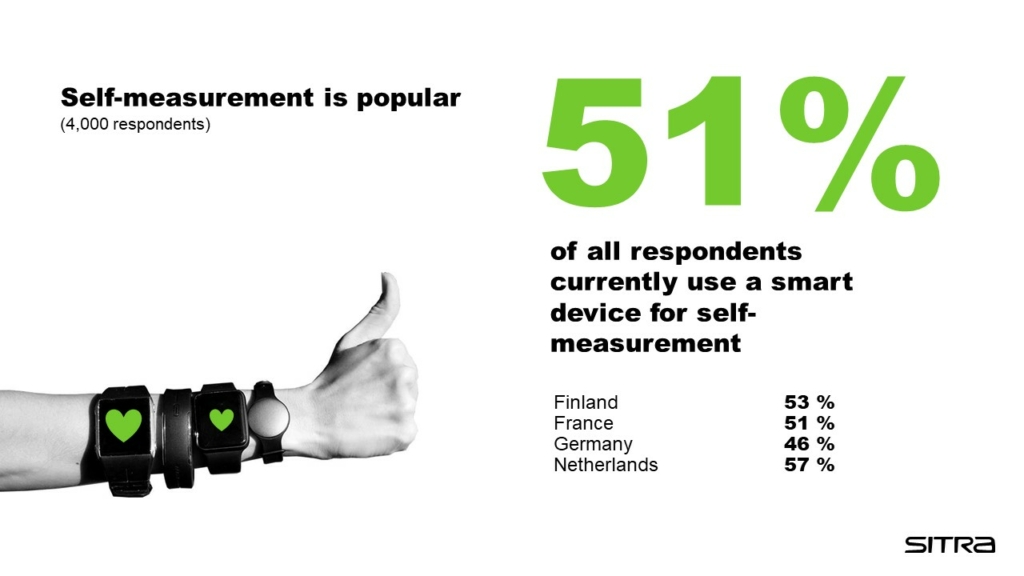
The solutions that are used the most for measurement are the applications included on smartphones and those used the least are smart rings.
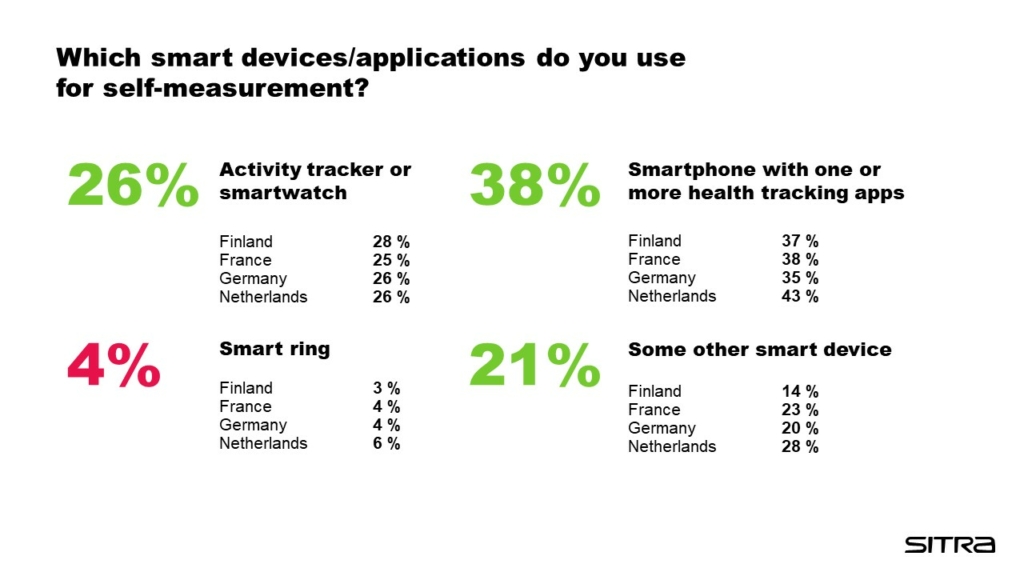
The use of devices such as activity trackers and smart rings has increased especially during the past two years. Measurement is further increasing: almost a fifth (19 per cent) of respondents had started using their devices in the six months prior to the survey.
Finns’ ability to adopt new technological innovations and their interest in self-measurement can be seen in the fact that devices have been used for a longer period of time than in the reference countries. Finland had the highest number of users who had used these devices for more than five or even more than 10 years. According to the survey, Finns as a whole were generally more interested in self-measurement than people in the other countries.
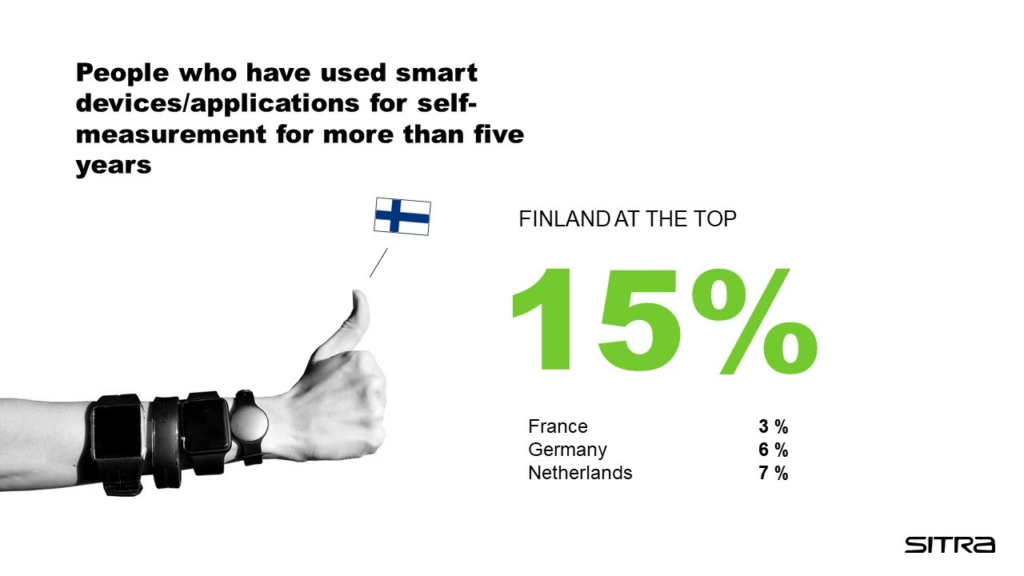
Fitness and general well-being are measured more actively than values directly related to health. The number of steps is clearly the most popular measurement: two in three respondents (67 per cent) reported they count their steps. Calories burned and heart rate were mentioned by approximately half of the respondents and sleep and weight by slightly more than one third of them. Measurements associated with the actual monitoring of medical conditions, such as blood pressure (19 per cent or blood glucose (6 per cent), are measured much less commonly than those pertaining to general well-being.
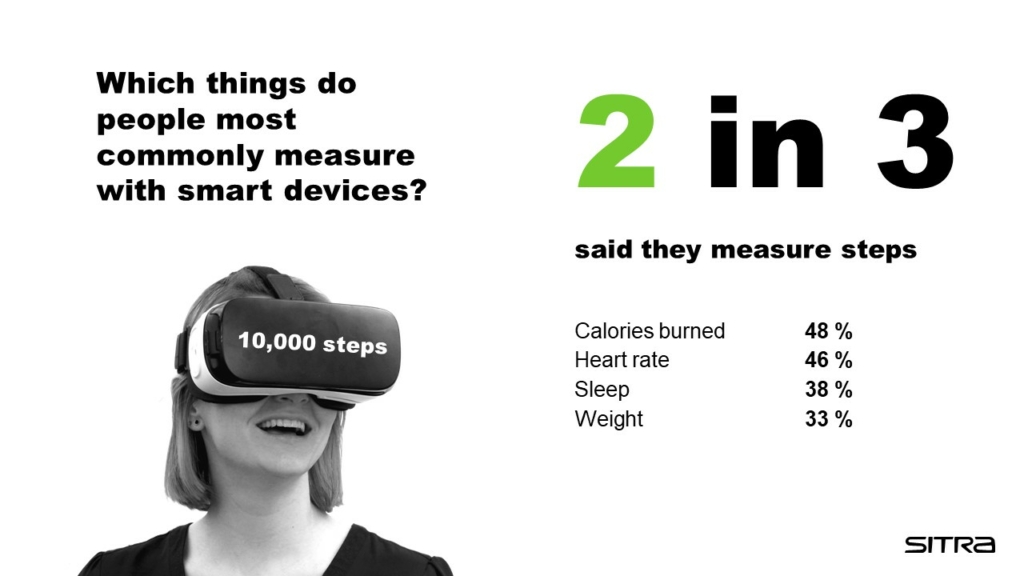
There are interesting differences between the countries when it comes to what is being measured among those respondents already measuring themselves with a smart device. Just over four in five Finns (81 per cent) measured the number of steps while the country least interested in this was France (52 per cent). On the other hand, the French monitored their weight clearly more than the other nationalities did. Finns (19 per cent) were significantly less active in weight monitoring than any of the other nationalities in the survey. The interest of the Dutch respondents in sleep measurement (34 per cent ) was the lowest among the survey countries but they were slightly more interested than others in measuring their body temperature (11 per cent ). Almost a quarter of Germans (24 per cent ) measured their blood pressure, whereas Finns (14 per cent ) measured it the least frequently among all the survey countries.
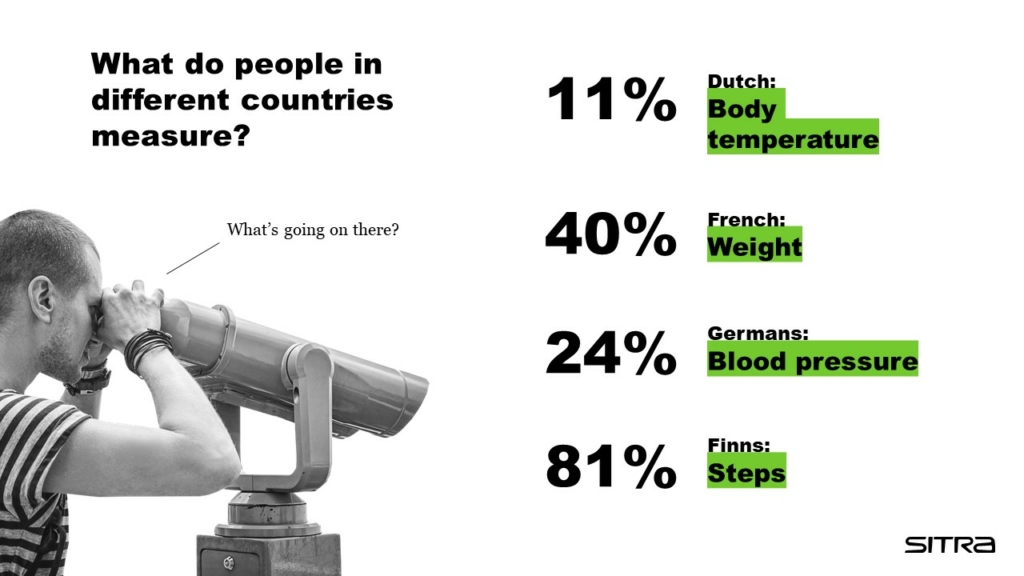
For many of the respondents, the use of measurement results was already clearly a part of everyday life. Nearly half of them (47 per cent) reported that they make use of the data they measure every day or nearly every day and third of them said they use it a few times per month. Only 5 per cent of the respondents said that they do not make use of the results at all.
Those who currently measure their well-being data feel that the data is very useful for them. A total of 40 per cent of the respondents said that they have become motivated to do more/better exercise and nearly one fifth, 19 per cent, had adopted healthier eating habits. The same percentage reported that self-measurement has allowed them to take more responsibility for their own well-being and improving it, while one sixth of the respondents had learned to listen to their body and prevent fatigue.
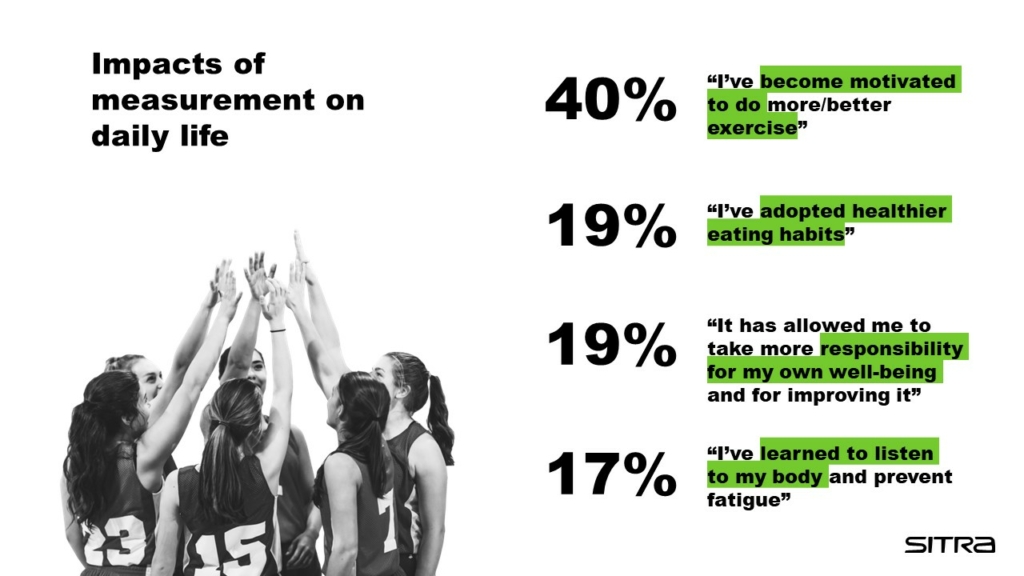
Future well-being from combined data
The opportunities offered by data, as well as the associated problems, are widely recognised in social welfare and healthcare. The aim is to use data to make healthcare more preventive and personalised in the future. However, the availability and use of data are still limited. For example, the use of data collected by individuals themselves in healthcare and health services is still very scarce.
In the youngest age group (18 to 34 year olds), more than half (53 per cent) of the respondents were interested in sharing their data with research organisations if it were beneficial for them or others. Forty-three per cent of all respondents would be prepared to share their data with research organisations if it were directly or indirectly beneficial for them or others. Finns were more prepared than other nations to share their data for the common good.
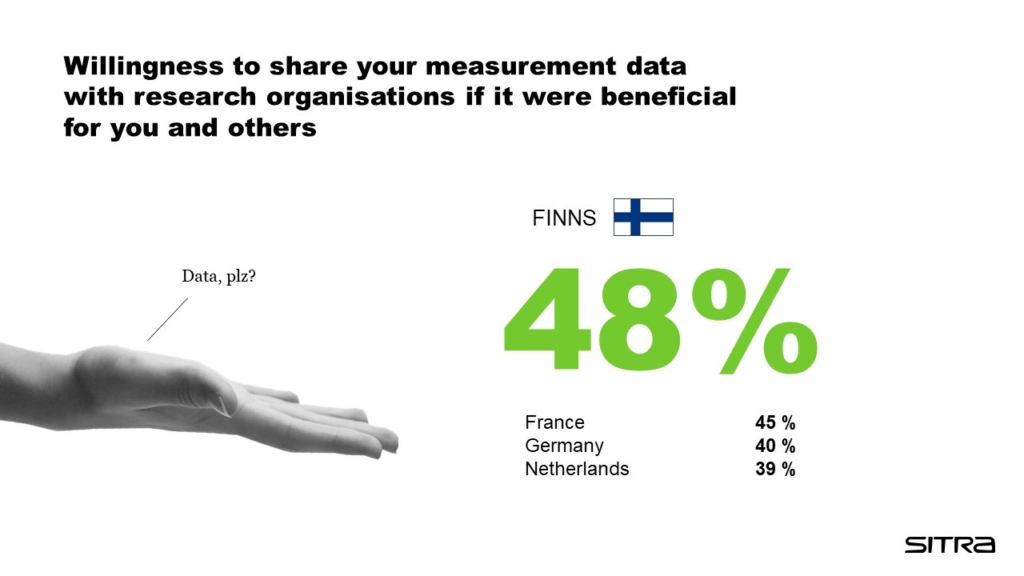
Many of the respondents were prepared to share their personal well-being data with different parties if it made new services or the monitoring of their own health possible. The overall impression was that the most natural form of sharing data is sharing it with parties that are directly involved in the individual’s well-being.
More than half (52 per cent) of the respondents would be ready to share their data with their own doctor or nurse or show it to them. The corresponding figure for pharmacies was 40 per cent, for nutritionists 42 per cent, for personal trainers 37 per cent and for health service companies 25 per cent. Only 18 per cent of the respondents would be prepared to disclose their data to insurance companies and pharmaceutical companies and only 11 per cent would share their data with grocery stores and restaurants. These respondents had not yet disclosed their data to these parties.
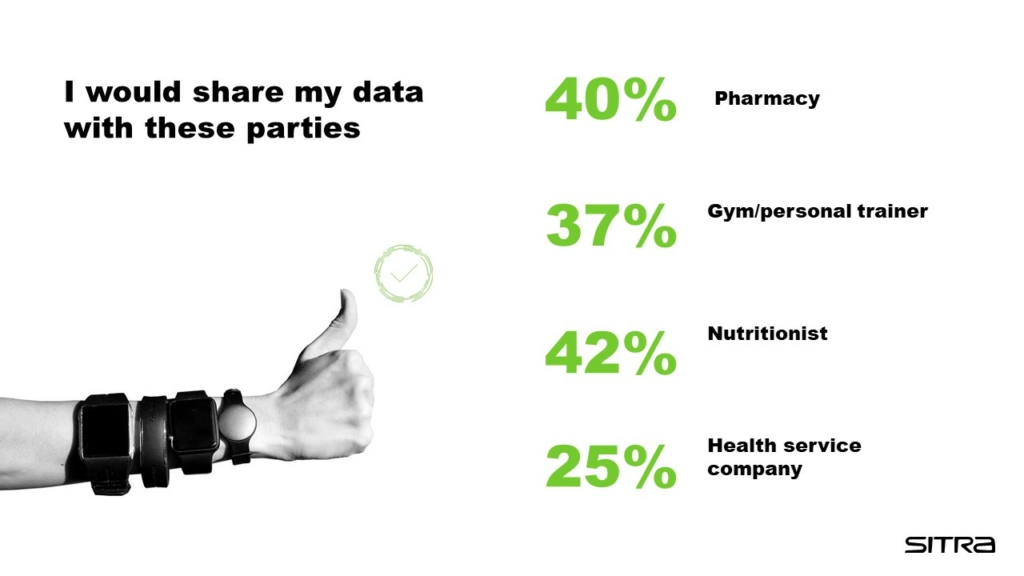
What kinds of services are interesting?
According to the survey, a significant share of current users in all the survey countries already hope that accumulated data will be used more extensively. When it comes to the most interesting new services that combine data, the leading options chosen by respondents were programmes aimed at comprehensive well-being (23 per cent), personal food and nutritional advice, and exercise advice and progress monitoring.
Many respondents were also interested in services that were slightly more directly linked to health, such as the reduction of risks to health and well-being and research programmes concerned with an individual’s own health (20 per cent), as well as personalised health monitoring and advisory services (19 per cent).
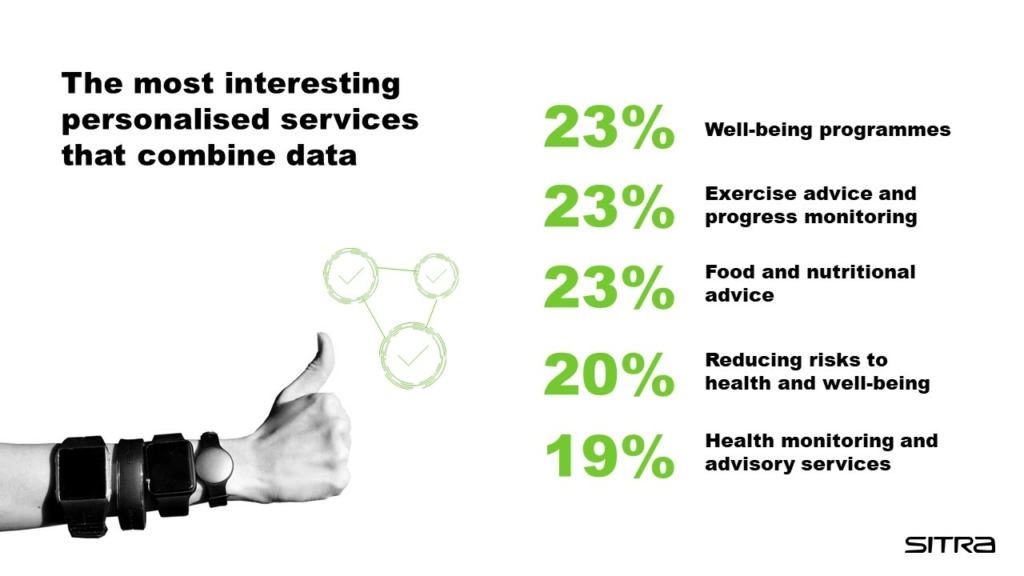
What motivates people to self-measure?
Self-measurement seems to be used to support the monitoring of lifestyle choices or the impact of lifestyle changes. However, in the future people also want to measure their health data and related information. Measurement results are used to a great extent and the respondents value the ease of use and the reliability of measurement data. At the moment, people are motivated to self-measure mainly by their own interest. Other factors could increase people’s interest, in particular the usefulness and appropriateness of the measurements.
Motivation for using smart devices for self-measurement would be increased a lot or somewhat by strong privacy protection (68 per cent), the ease of starting to use the service (67 per cent), access to one’s own data and making use of it (65 per cent) and the service’s ease of use (63 per cent).
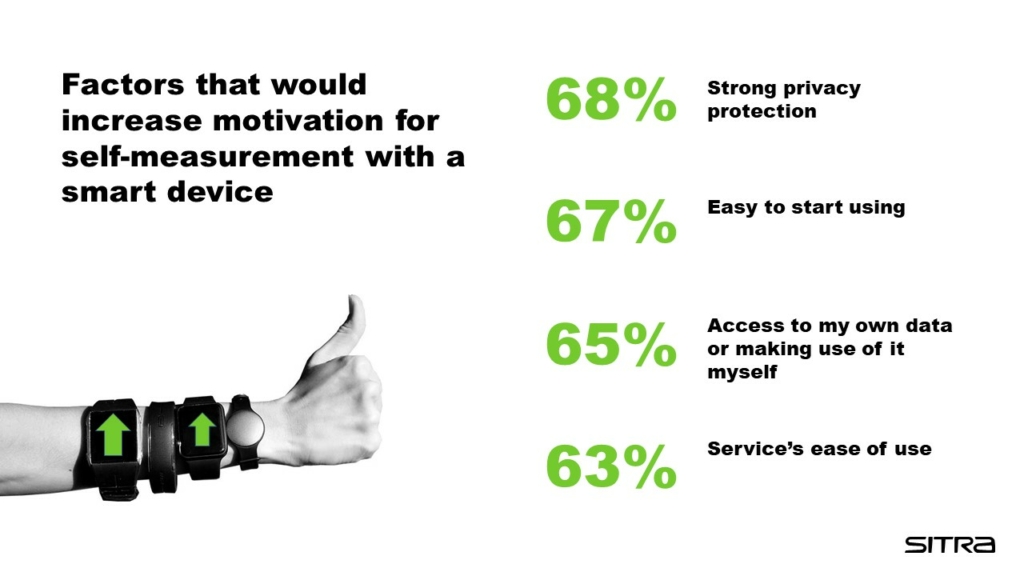
Transparent use of data as a competitive advantage for services
Half of the respondents said they had familiarised themselves with the terms of use of the self-measurement services they use closely or at least to some extent. The figure was slightly higher, 53 per cent, among those who were committed to the use of the services in the future, too, and 62 per cent for those respondents who monitored their measurement results every day or nearly every day.
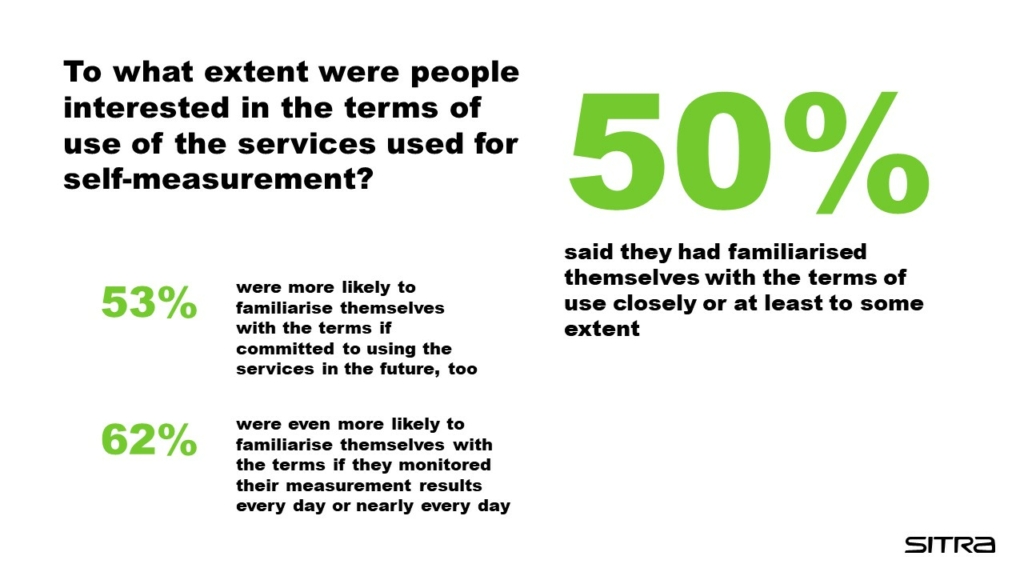
Almost half (47 per cent) of the respondents were interested in the management of their data. The corresponding figure was as high as 61 per cent among those who were committed to the use of well-being devices in the future, too. With the aid of a “data wallet”, users could erase the data collected about themselves from a device, an application or an information system when they stop using it. Some 79 per cent of respondents considered having the ability to erase data important.
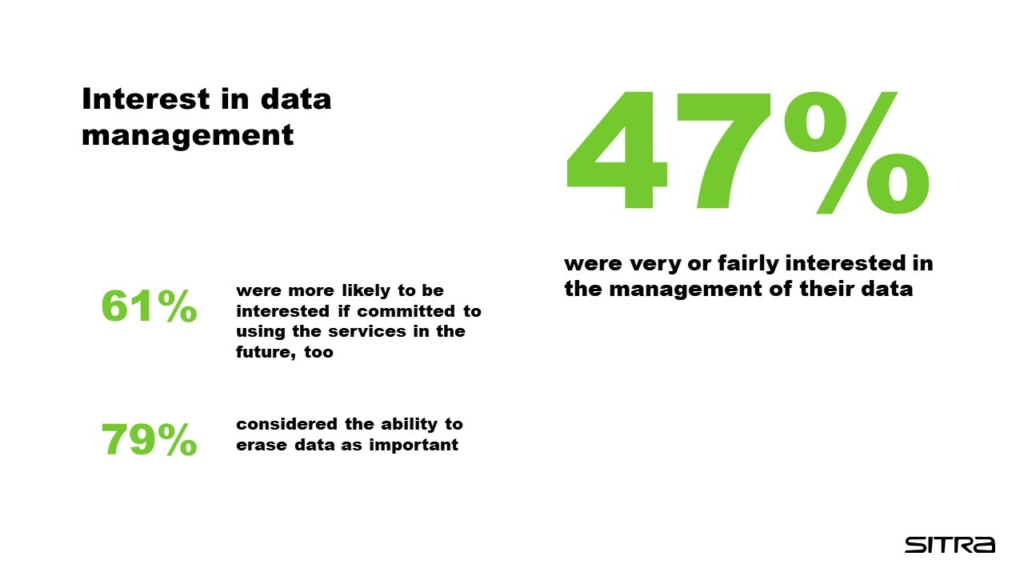
Sixty-nine per cent of the respondents considered their data ending up in the wrong hands a significant or moderate threat and the same percentage thought that their data being used for commercial purposes without compensation was a significant or moderate threat.
The results clearly show that various parties now have a considerable chance to differentiate themselves from other companies and organisations as reliable service providers by providing clear terms of use and offering business models and services that share data transparently.
Well-being and trust go hand in hand
According to the survey, 6 per cent of the respondents are considering stopping using smart devices and 10 per cent have already stopped temporarily or permanently. More than a fifth of the smart device users also stated that measurement had not had any effect on their behaviour.
More personalised services that support individuals’ well-being might give a clear purpose for measurement and data sharing Data sharing Transfer of data between two or more parties. Open term page Data sharing in the future. Co-operation is required from companies and public-sector organisations to create more targeted, data-based services in the future. The more transparent sharing of data with an individual’s consent opens up an ethical innovation path that protects individuals’ privacy.
Sitra is building a fairer future for data use
IHAN, Sitra’s fair data economy Fair data economy The part of the economy that focuses on creating services and data-based products in an ethical manner. Fairness means that the rights of individuals are protected and the needs of all stakeholders are taken into account in a data economy. Open term page Fair data economy project, is looking for a new cure for the challenges associated with the current data-use business models. Particular goals include improving the competitiveness of European companies by creating a more level data market playing field for large and small companies and increasing the transparency of the use of data about individuals. The project especially seeks to ensure that both individuals and companies have the right and the tools to decide on the collection and use of their data.
Further information about the Wearables survey
Sitra commissioned an online survey to investigate the use of smart devices intended for self-measurement as well as people’s attitudes towards the data produced by these devices and its use. The survey did not cover home care or medical care devices but mainly focused on the use of applications and devices, such as activity trackers, smart rings and smartphones. The survey was conducted by Kantar TNS Oy.
Note! The article was updated on 20 October on the part that presented differences in what was being measured by different nationalities. The figures represent those respondents who already measure themselves with a smart device.
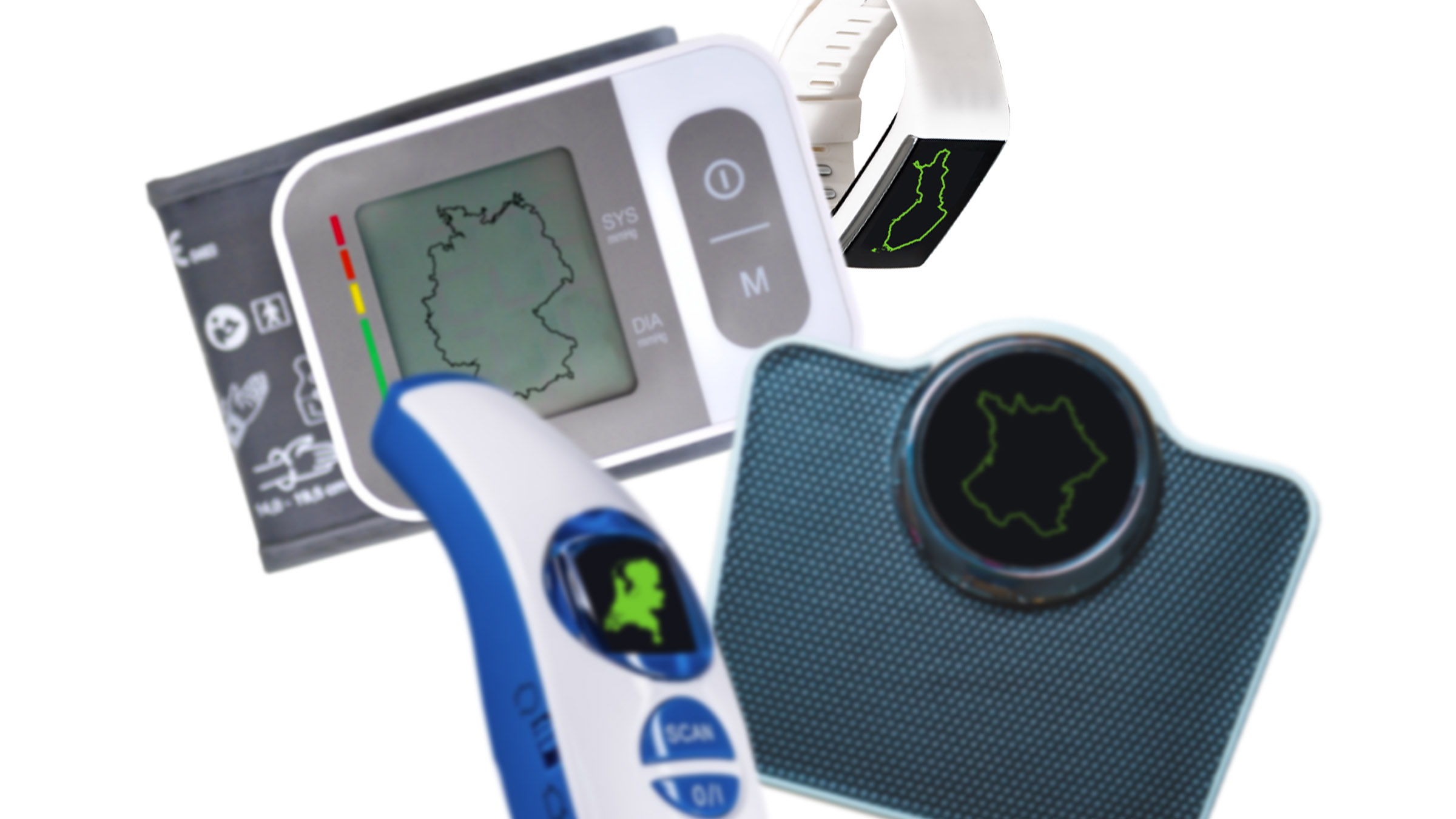



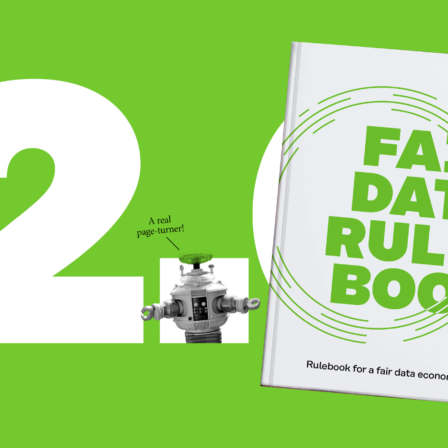



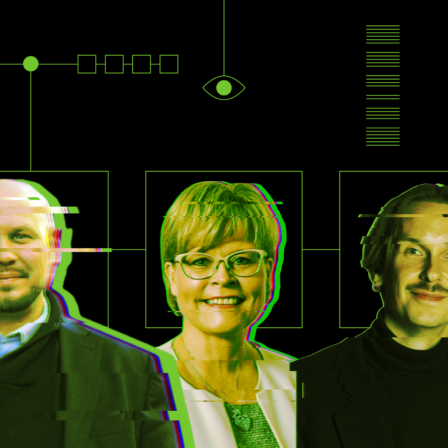

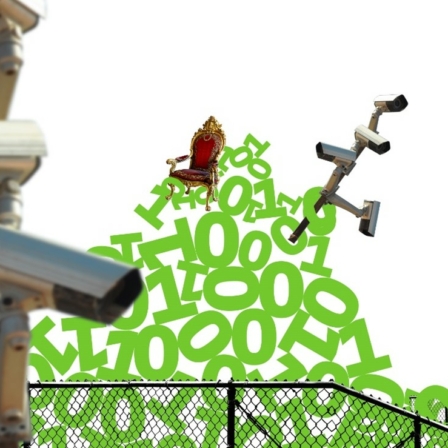




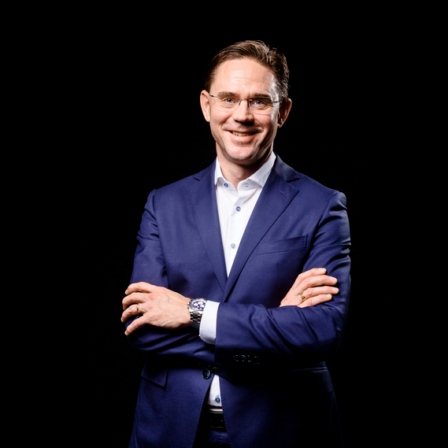

Recommended
Have some more.